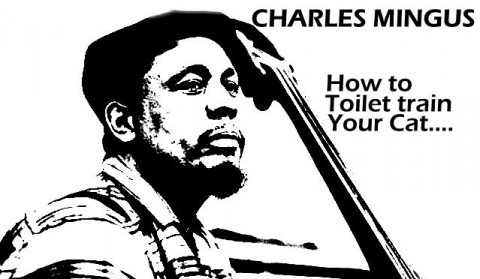Sometime in the last decade, as both YouTube and smart phones became our primary means of cultural transmission, the isolated vocal track meme came into being, reaching its summit in the sublime ridiculousness of David Lee Roth’s unadorned “Running With the Devil” vocal tics. His yelps, howls, and “Whoooohoooos!” produced the very best version of that virtual novelty known as the soundboard app, and welcomed many a caller to many a kooky voicemail greeting. The isolated track has since become a phenomenon worthy of study, and we’ve done our share here of poring over various voices and instruments stripped from their song’s context and placed before us in ways we’d never heard before.
Perhaps serious analysis too shall be the fate of a goofy visual meme that also thrives on the ridiculousness of pop music’s presentation: the musicless music video. The idea is a similar one, isolating the image instead of the sound: popular videos, already weirdly over the top, become exercises in choreographed awkwardness or voyages into uncanny valleys as we watch their stars pose, preen, and contort themselves in weird costumes for seemingly no reason, accompanied only by the mundane sounds of their shuffling feet and grunts, belches, nervous laughter, etc. Take the particularly funny examples here: Mick Jagger and David Bowie prancing through the bizarre “Dancing in the Streets” video (original here); the members of Queen performing domestic chores in “I Want to Break Free” (original); Elvis Presley squeaking and spasming onstage in a TV take of “Blue Suede Shoes”; Nirvana moping and swaying in that high school gym while a nearby custodian goes about his business…..
Though these skewed re-evaluations of famous moments in pop history make use of a similar premise as the isolated track, the sounds we hear are not—as they sometimes seem—vérité audio recordings from the videos’ sets. They are the creation of Austrian sound designer, editor, and mixer Mario Wienerroither, who, The Daily Dot informs us, “works from a sound library that he’s spent years amassing.” The results, as you will hear for yourself, “range from humorous to disturbing and everywhere in between.” Musicless music videos remind us of how silly and artificial these kinds of staged, mimed pseudo-performances really are—they only become convincing to us through the magical editing together sound and image on cue and on beat.
Wienerroither began his project with the Queen video, inspired when he caught it playing while his TV was on mute. The moment, he says, was “a vital spark.” Since then, dozens of musicless music videos, and TV and film clips, have popped up on YouTube (see a sizeable playlist here.) One of the most awkward, The Prodigy’s “Firestarter,” helped rocket the phenomenon into major popularity. Imitators have since posted musicless videos of the Friends intro and Miley Cyrus’ “Wrecking Ball.” What can we learn from these videos? Nothing, perhaps, we didn’t already know: that pop culture’s most enduring moments are also its most absurd, that nostalgia is a dish best served remixed, that the internet—a powerful force for good as well as ill—is often at its best when it is a powerful force for weird. Though the medium may be frivolous, these are messages worth remembering.
Related Content:
Kurt Cobain’s Isolated Vocal Track From ‘Smells Like Teen Spirit,’ 1991
Josh Jones is a writer and musician based in Durham, NC. Follow him at @jdmagness




